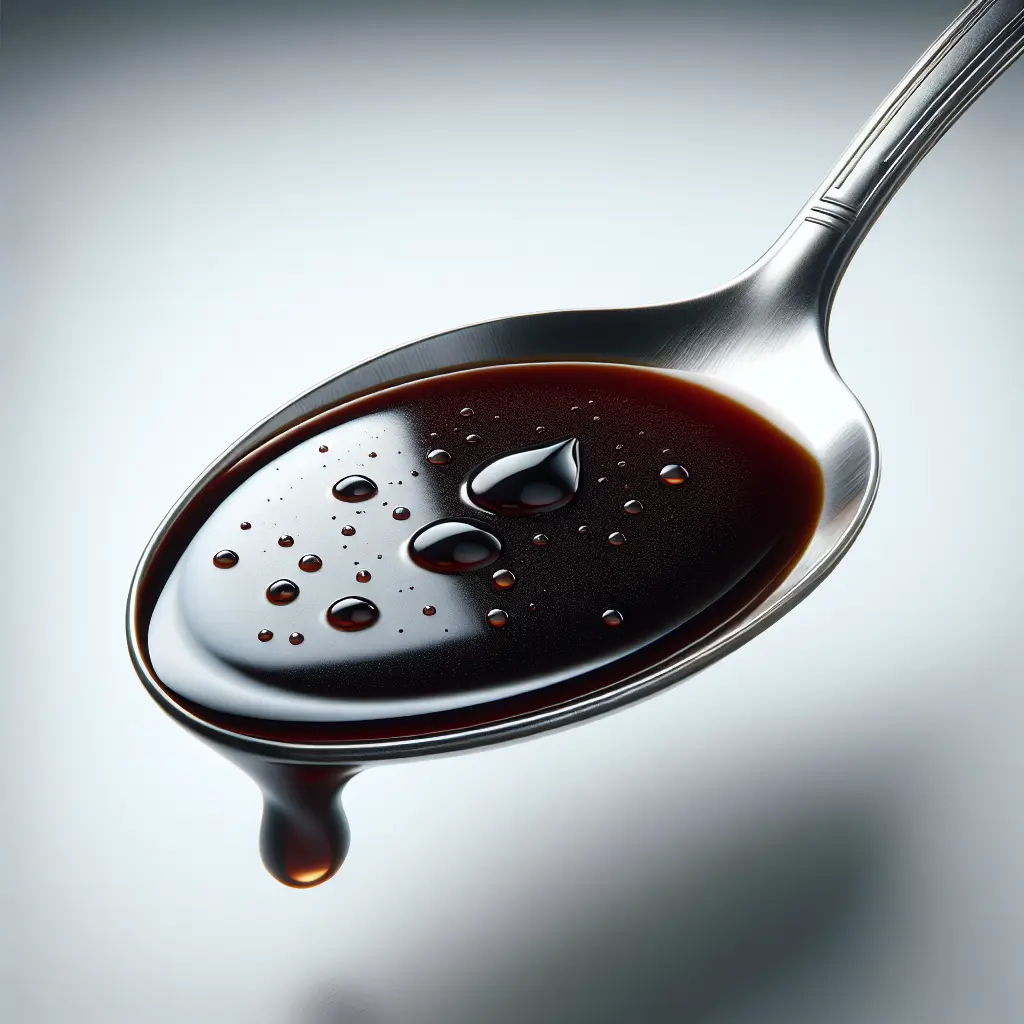Balsamic Vinegar: A Culinary Gem with a Rich History
Balsamic vinegar, a beloved staple in kitchens worldwide, has a rich history dating back centuries. Originating in the Modena and Reggio Emilia regions of Italy, this dark, syrupy liquid is produced from the expertly fermented juice of Trebbiano grapes. The slow and meticulous aging process, often taking place in wooden barrels, imparts the vinegar with its characteristic sweetness, tanginess, and complex flavor profile.
Varieties of Balsamic Vinegar: A Symphony of Flavors
Balsamic vinegar is not a one-size-fits-all ingredient. Different varieties boast unique characteristics, catering to diverse culinary preferences. Traditional balsamic vinegar, protected by strict regulations, undergoes an extended aging process, resulting in a thick, intensely flavored condiment. Modena balsamic vinegar, with its slightly milder flavor, is a popular choice for everyday use. White balsamic vinegar, made from white or yellow grapes, offers a delicate acidity and is ideal for light-colored dishes.
Health Benefits of Balsamic Vinegar: A Culinary Elixir
Beyond its culinary prowess, balsamic vinegar is also a powerhouse of health benefits. Its high concentration of antioxidants, particularly polyphenols, helps protect the body against oxidative stress and inflammation. Studies have shown that balsamic vinegar may contribute to improved cardiovascular health by lowering blood pressure and reducing cholesterol levels. Additionally, its antimicrobial properties make it a potential aid in preventing foodborne illnesses.
Culinary Applications of Balsamic Vinegar: A Versatile Kitchen Companion
The versatility of balsamic vinegar is truly remarkable. It adds a touch of sweetness, a hint of acidity, and a burst of flavor to various culinary creations. Drizzle it over fresh salads for a tangy dressing, marinate meats for tender and flavorful grilling, or reduce it to a glaze for roasted vegetables. Balsamic vinegar also elevates cheese platters, complements fruit desserts, and adds a sophisticated touch to cocktails. Its ability to balance flavors makes it an indispensable ingredient in both savory and sweet dishes.
Conclusion: A Culinary Treasure for the Ages
Balsamic vinegar, with its rich history, diverse varieties, and health benefits, is a culinary treasure that enhances countless dishes. Its versatility, from dressings to glazes and marinades, makes it a beloved ingredient in kitchens around the world. Embracing the culinary magic of balsamic vinegar will elevate your cooking and bring joy to your palate.
How many calories are in Balsamic Vinegar?
Each 1 tbsp of Balsamic Vinegar contains 14 calories.
Balsamic Vinegar Nutritional Information
| Nutrient | Amount per 1 tbsp (16g) |
|---|---|
| Calories | 14 Calories |
| Protein | 0.1g |
| Fat | 0g |
| Saturated Fat | 0g |
| Cholesterol | mg |
| Carbohydrates | 2.7g |
| Dietary Fiber | g |
| Sugar | 2.4g |
| Sodium | 0.0037mg |
| Potassium | 0.0179mg |
| Calcium | 0.0043mg |
| Iron | 0.0001mg |
